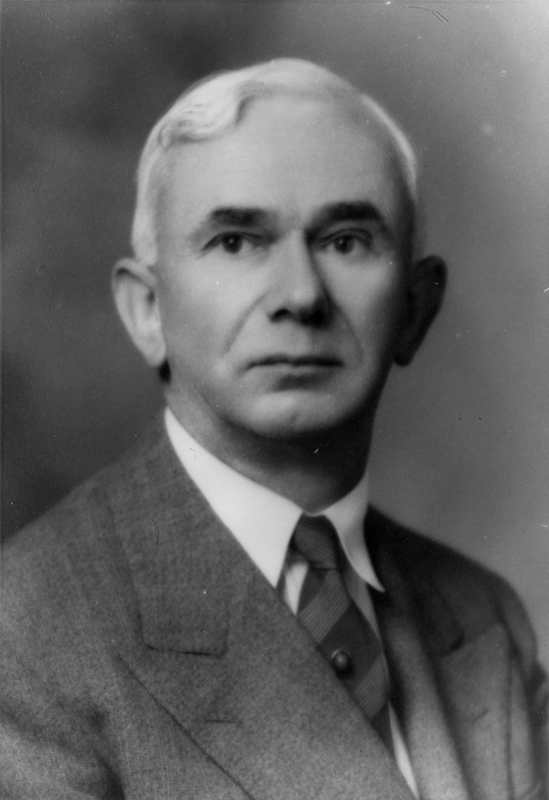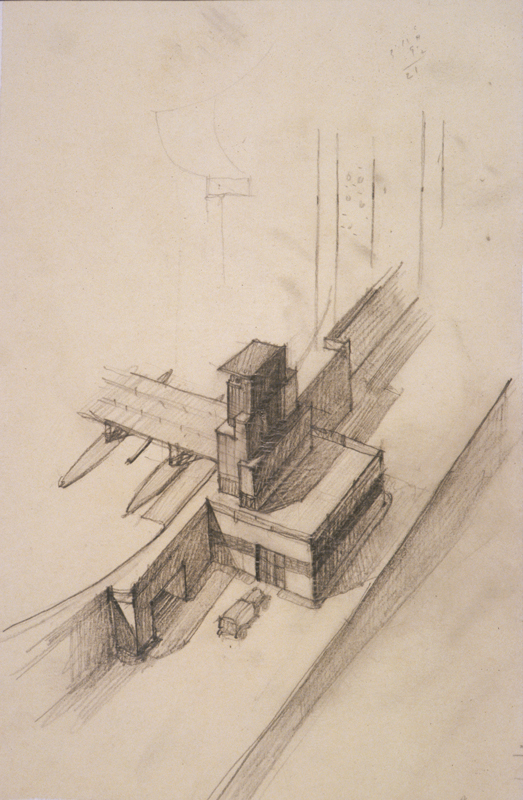Irving Morrow (1884-1952) & Gertrude Comfort Morrow (1888-1983)
Irving F. Morrow was one of the earliest graduates from the newly founded University of California, Berkeley architecture program, graduating in 1906. He then attended the Ecole des Beaux-Arts from 1908 to 1911. Morrow began his practice in San Francisco and Oakland in 1916, designing schools, houses, banks, theaters, hotels, and commercial buildings. Gertrude Comfort Morrow received her bachelor’s degree in architecture from UC Berkeley in 1913 and her master’s degree a year later. Irving Morrow practiced with William I. Garren (Garren & Morrow, 1916-1925) and with his wife Gertrude Comfort (Morrow & Morrow, 1925-1952). Together, Gertrude and Irving Morrow designed the Alameda-Contra Costa County Building for the 1939 Golden Gate International Exposition at Treasure Island. She served as a supervisory architect for St. Francis Wood during World War I. Gertrude retired from architecture in 1952, when Irving died, and went on to become an award-winning ballroom dancer and a landscape watercolorist. Morrow is best known as the architect of the Golden Gate Bridge including designing the towers and lighting and selecting the color.
The Morrow collection documents projects by husband and wife Gertrude Comfort Morrow and Irving F. Morrow, including projects created by the firms of Morrow & Garren and Morrow & Morrow. Project records consist of textual records, photographs, and drawings. Large projects in the collection include the Golden Gate Bridge, the Golden Gate International Exposition, and homes in St. Francis Wood. The collection includes records relating to Irving Morrow’s involvement in the Commonwealth Club of California and the Historical American Buildings Survey.

